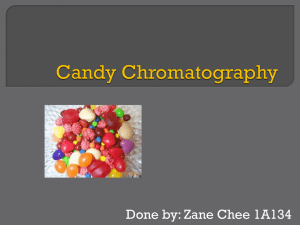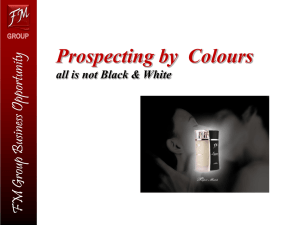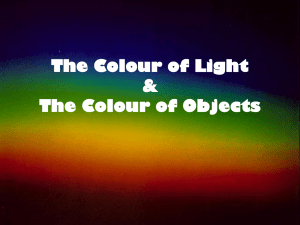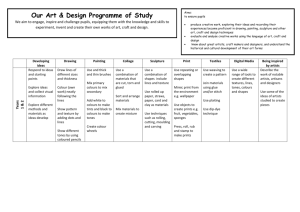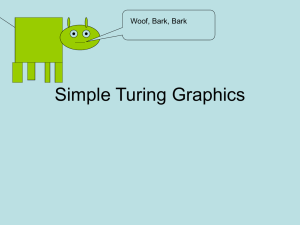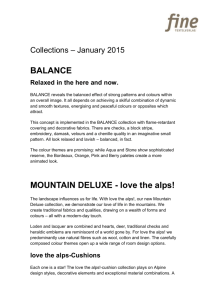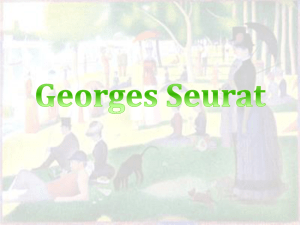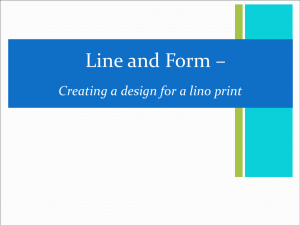GCSE textiles ppt4 colour
advertisement
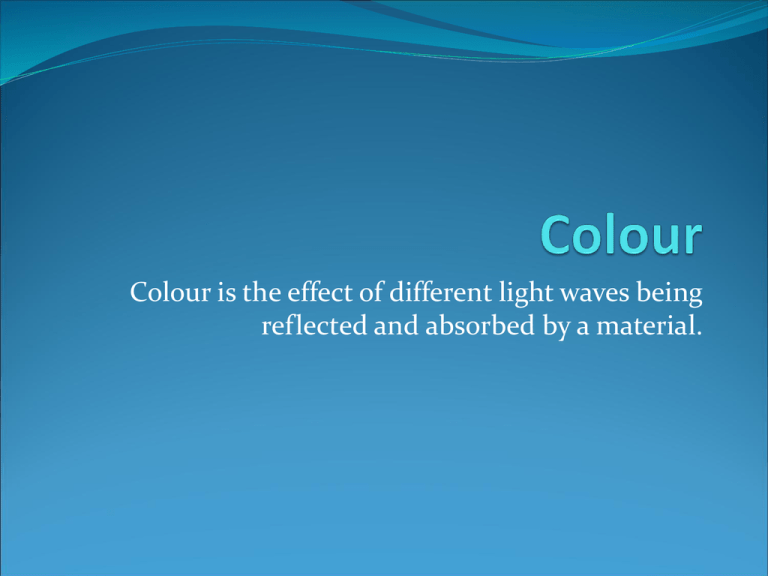
Colour is the effect of different light waves being reflected and absorbed by a material. Colour plays and important part in textiles and fashion Colours are divided into Primary colours (red, yellow and blue)they cannot be mixed from any other colour. Secondary colours (orange, green and purple) mixed from two primary colours Tertiary colours -mixed from three primary colours Describing colours Colours can be described in the following ways Monochromatic-the use of shades,tones and tints of one colour Complementary colours on opposite sides of the colour wheel. Harmonious colours- colours that work well together Warm colours giving a sense of warmth Cold colours giving a sense of coolness. Hue-this is the actual colour you can see Shade-the depth of the colour Tint -produced by adding white to a colour Tone- how light or dark the hue is. Considering colour The following factors can influence the choice of colour The type of product The target market Other things that may be considered might be Skin tone- as some colours look better on certain tones. Symbolism- as some colours have different meanings in different cultures and countries. Intensity and light- as some colours look very different in different lights. Pattern and texture Patterns can be regular or irregular You need to think about scale Large and small patterns can create different effects The design may need to be in different scales such as on a duvet and a pillow case. Texture can add interest to a fabric. Sometimes the texture will need to be considered carefully for the target market such as rough materials are not suitable for baby clothes. Line and style Lines can create visual effects Vertical can make you look taller. Horizontal makes you look short and wide Diagonal can make a dramatic effect. Style refers to the overall effect which is being created by the shape, colour, line, pattern and texture.


